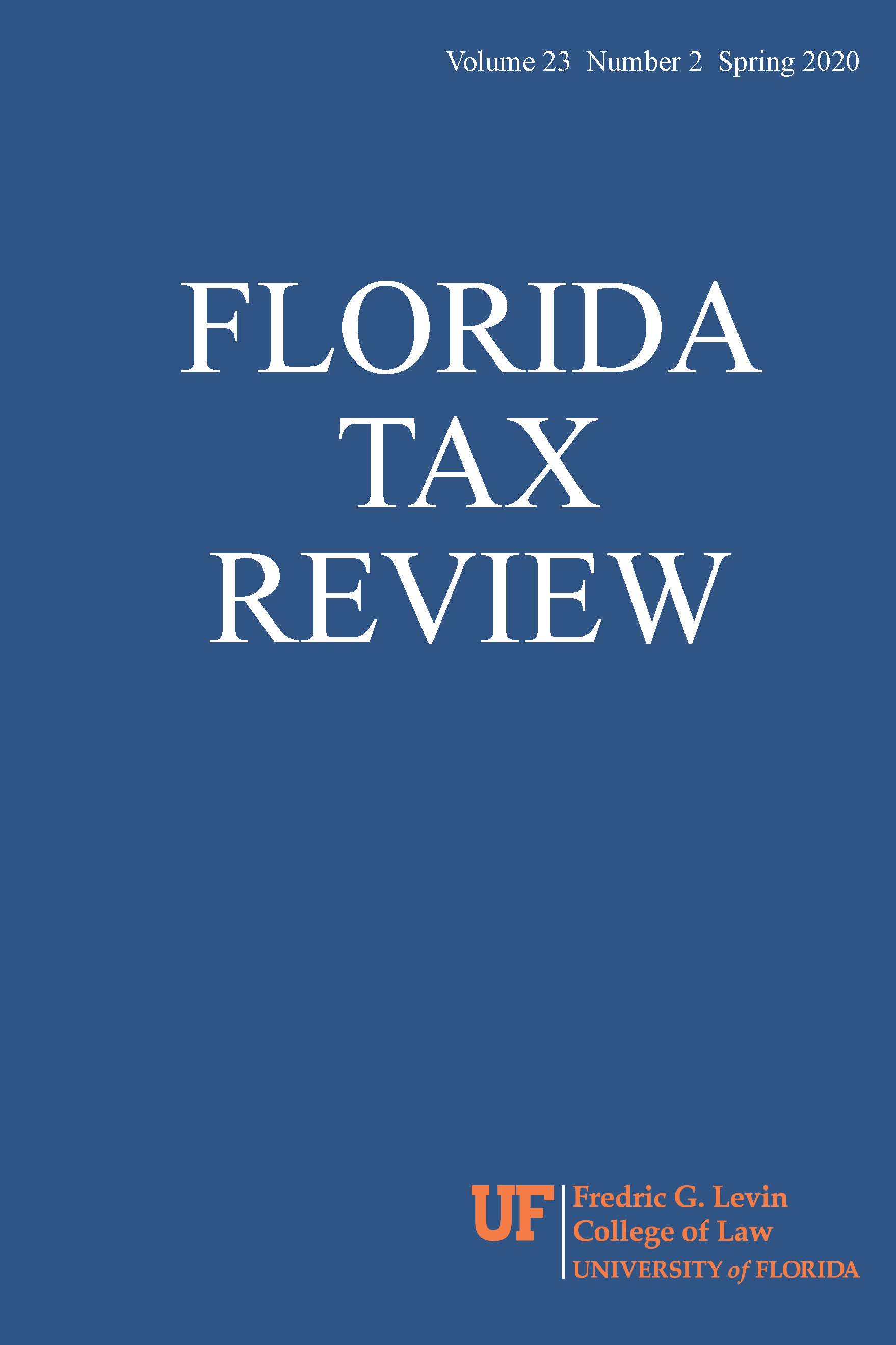Implications of Denmark’s Water Price Reform for Riverine and Coastal Surface Water Quality
Main Article Content
Abstract
Article 9 of the EU’s Water Framework Directive suggests that Member States should provide “adequate incentives” for efficient use of water resources. Although the Directive is mainly about protecting the ecological quality of water bodies, control of quantity serves as an “ancillary element” in delivering on the objectives. Despite their financial difficulties, Member States have been slow to bring their policies on water pricing up to the wording and 2010 deadline of the Directive’s article 9.
This Article explores the significance of water pricing reform for the ecological quality objectives for surface waters and, as a stepping stone in this analysis, for water resource efficiency. It does so with a catchment-based analysis of implications from water pricing reform introduced in the early 1990s in Denmark. Household water use is found to have been 50% higher per capita before the reform, which introduced full-cost
pricing and a water supply tax.
Good data availability for the catchment allows the analysis to demonstrate estimates for the improvements in water flows as well as for a specific water quality parameter. Despite the significant reduction in water demand, the main river is affected only at the margin. For smaller streams and brooks, however, there are more notable impacts for water quality and with potential benefits for rare species dependent on clean waters. A small reduction in emission loadings to coastal waters has comparatively high economic value. The Article finds that water pricing has an important role to play for future management.

